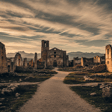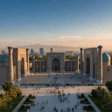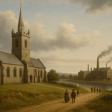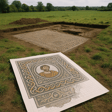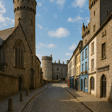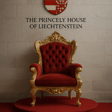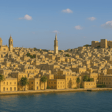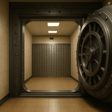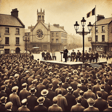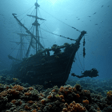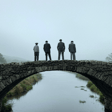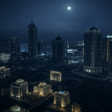
The Peruvian Inquisition
Episode twelve of the new series of Pieces of History delves into the shadowy world of the Peruvian Inquisition, a chapter in colonial Latin American history often forgotten outside academic circles. This episode traces the complex layers of Peru’s past - from its rich geography and the legacy of powerful pre-Columbian empires, to the imposition of Spanish colonial rule and the creation of the Viceroyalty of Peru.
We explore how faith and fear intertwined in the workings of the Tribunal of the Holy Office, a tool of control cloaked in righteousness. Who were the inquisitors? Who stood accused? And how did this machine of secrecy and surveillance actually function?
We uncover the inner workings of the Inquisition - its procedures, its secrecy, and the machinery of control behind its solemn rituals. We meet the individuals, both feared and forgotten, who shaped and were shaped by this powerful institution. And we reflect on the lasting legacies of persecution and authority, considering how their echoes still reverberate through Peruvian history and cultural memory.
This is not just a story of trials and punishments - it's a deeper look at how power, belief, and silence shaped an entire society.
Email: piecesofhistorypod@outlook.com
Facebook: Pieces of History podcast
Instagram: @pieceofhistorypod
